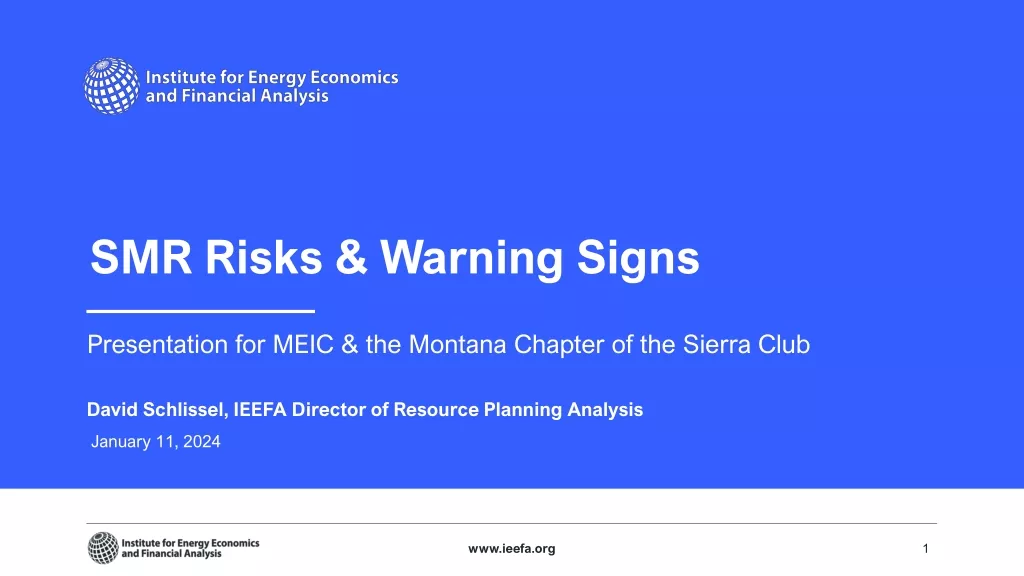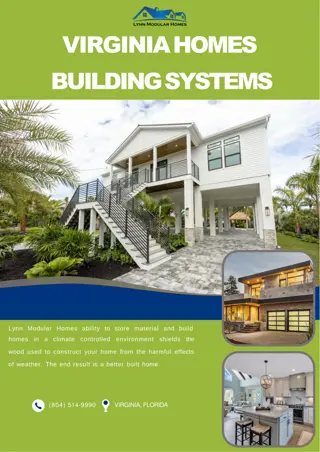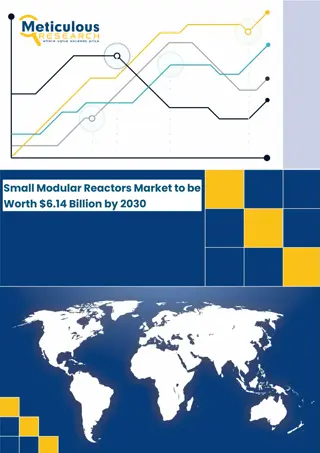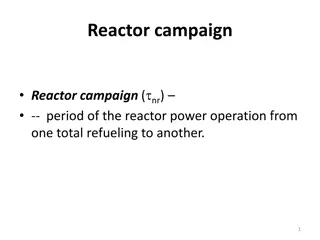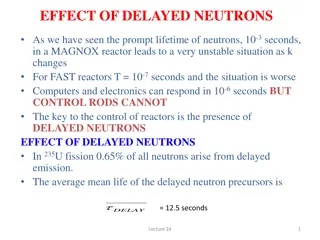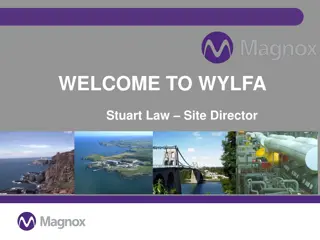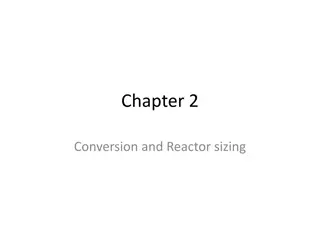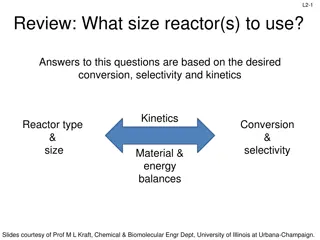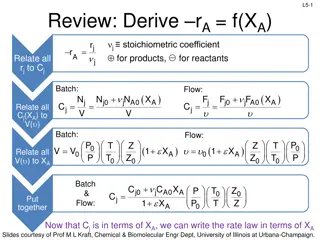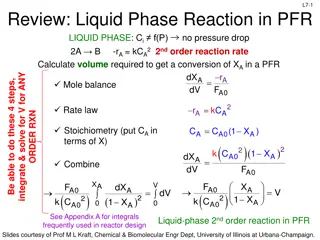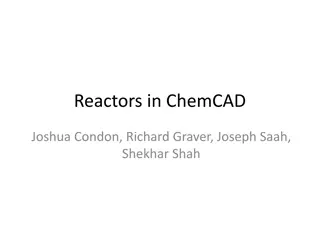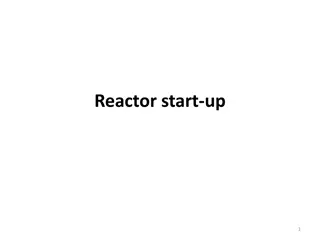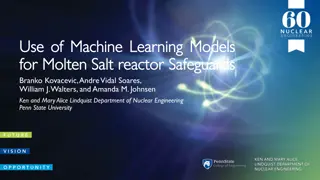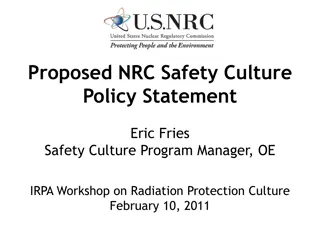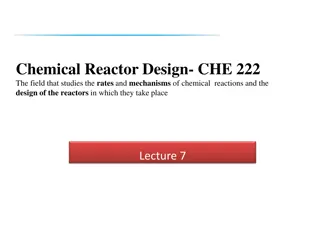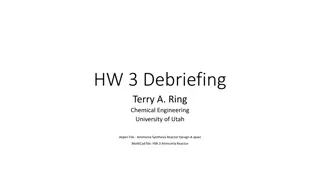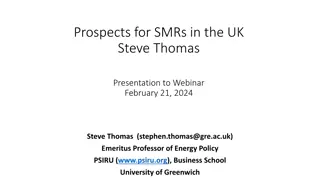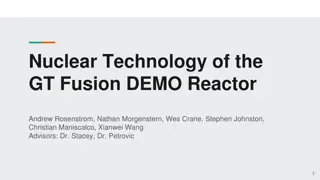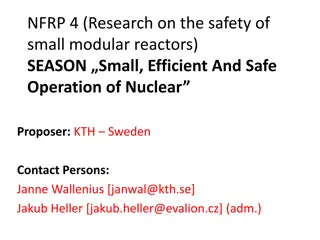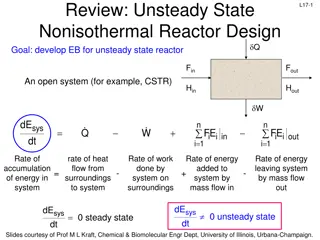NRC Licensing of Advanced Reactors and NuScale Small Modular Reactor Design Overview
Overview of NRC licensing process for advanced reactors, including a focus on Small Modular Reactors under 10 CFR Parts 50 and 52. Details on licensing options, such as Conceptual Design Assessment and Prototype Plants, are discussed. NuScale's Small Modular Reactor design, featuring passive safety measures and modular construction, is also highlighted.
Download Presentation

Please find below an Image/Link to download the presentation.
The content on the website is provided AS IS for your information and personal use only. It may not be sold, licensed, or shared on other websites without obtaining consent from the author. Download presentation by click this link. If you encounter any issues during the download, it is possible that the publisher has removed the file from their server.
E N D
Presentation Transcript
NRC Licensing of Advanced Reactors Jennifer Uhle Director of Reactor Safety Programs 4/21/17
Contents A quick summary of the licensing process and NRC plans to be ready to license advanced reactors. Part 50 and Part 52 Status of Small Modular Reactors NRC experience with non-LWRs NRC Vision and Strategy NRC Readiness Advanced Reactors Conclusions www.jensenhughes.com www.jensenhughes.com 2
Licensing under 10 CFR Parts 50 and 52 Advanced Reactors are expected to be licensed under Part 52 which leads to standard design certification. Part 50 Part 52 2 Steps by the utility 1 - Construction Permit 2 - Operating License 1 Step for each partner Vendor - Design Certification Utility Combined License Pros Pros Can start construction early Design risk can be shared Certified Design is a rule Licensing scope is reduced Cons Cons Construction risk is high Each plant is one-of-a-kind Construction once COL is issued www.jensenhughes.com www.jensenhughes.com 3
Options in the Licensing Process The regulatory process is flexible. CDA = Conceptual Design Assessment Construction while completing the design with Part 50 Licensing a prototype Under 50.43(e)(2) Staged Licensing under Part 52 Subpart E CDA Design Certification Needs a utility and a site, and is the fastest way to operation Uncertainty managed by additional defense in depth Ideal for venture capital funded programs Available under Part 50 and Part 52 However, no design certification is granted www.jensenhughes.com www.jensenhughes.com 4
Prototype Plants Prototype is a first-of-a-kind plant and can be full size. Additional safety features will be required to protect public health and safety. Tests can be run and used in further licensing. Available using Part 50 or Part 52. NRC is developing guidance for this option. www.jensenhughes.com www.jensenhughes.com 5
NuScale Small Modular Reactor Design NRC design review is underway. Accidents are designed out! Passive safety light-water integral pressurized water reactor (iPWR) Internal helical steam generator and pressurizer Electric output of 50 MWe Up to 12 modules www.jensenhughes.com www.jensenhughes.com 6
NuScale Construction and Siting Remote siting is facilitated. Factory built Modules delivered by barge, truck, or train www.jensenhughes.com www.jensenhughes.com 7
NRC History with Advanced Reactors The NRC could review and license a non-LWR today. Between 1951 2010, the AEC/NRC reviewed 20 non-LWRs Liquid metal Fermi 1 -- CP in 1956, OL in 1963, shutdown in 1972 HTGR Fort St. Vrain -- CP in 1968, OL in 1973, shutdown in 1989 Peach Bottom -- , CP in 1961, OL in 1966, shutdown in 1974 Thorium fuel cycle in Shippingport, 3rd core Construction Permit for Clinch River breeder reactor in 1983 Preliminary SERs PRISM (1990 s), SAFR (1991), mHTGR (1995), ACR-700 (2004), PBMR (2010) The NRC needs to be efficient, effective and flexible The NRC issued a CP for SHINE in 2016 (Moly-99 medical isotope facility) www.jensenhughes.com www.jensenhughes.com 8
NRC Vision and Strategy Non-LWR Mission Readiness Roadmap MISSION VISION DOE non-LWR Vision & Goals Alignment Point STRATEGIC GOAL FOR NON-LWRs STRATEGIC OBJECTIVES & STRATEGIES - Near-Term (0-5 yr) - Mid-Term (5-10 yr) - Long-Term (10+ yr) IMPLEMENTATION ACTION PLANS & TASK EXECUTION www.jensenhughes.com www.jensenhughes.com 9
NRC Readiness Readiness means that all the elements that NRC needs to conduct its mission are in place and optimized. People (staff training) Processes (procedures and guidance) Tools (computer models) Policies (emergency preparedness requirements) Decision Criteria (design-specific review standards) Transparency and Clarity of Requirements Communication (workshops) www.jensenhughes.com www.jensenhughes.com 10
Conclusions Idaho National Laboratory plays a key role in the Nation s deployment of advanced reactors. Advanced reactor expertise Experimental facilities Computer system analysis tools Fuel qualification facilities Policy issue resolution Technical training www.jensenhughes.com www.jensenhughes.com 11
QUESTIONS? CONTACT Jennifer Uhle JUhle@jensenjughes.com 202-604-2572 For More Information Visit www.jensenhughes.com www.jensenhughes.com www.jensenhughes.com 12


